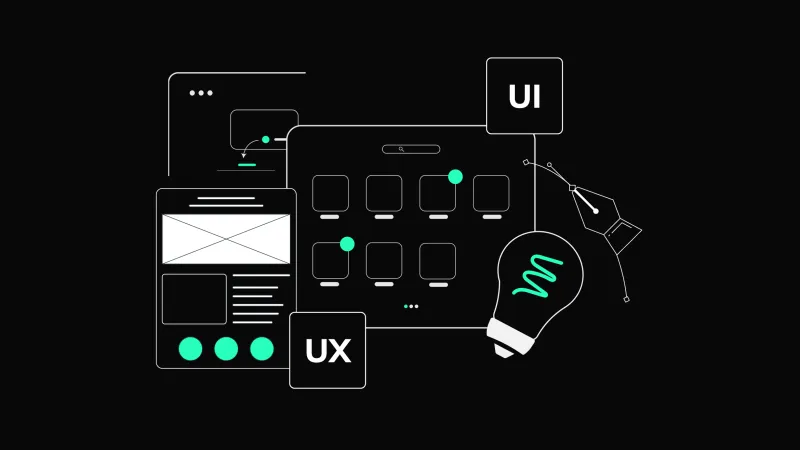Touch4Talks: Why Is Good to Have Design & Dev in One Place

In the world of digital product development, seamless collaboration between designers and developers is key to success. Here’s why integrating these teams can make a significant difference, based on our experiences and insights from various projects led by Milan Uherčík, our UX/UI Team Leader.
Streamlined Communication
The fewer separate parts a team has, the less time and effort are required to align and synchronize members. When designers and developers work closely, they become familiar with each other’s working styles and communication preferences. This familiarity leads to more effective communication and collaboration. They know what to expect from each other and when, based on previous experiences. This understanding reduces miscommunication and speeds up the workflow.
Improved Planning and Resource Allocation
Integration allows for more efficient allocation of human resources, particularly in software houses handling multiple projects simultaneously. Better planning of resources enables faster delivery of products. Software houses can quickly adapt to unexpected situations and changes, and ad-hoc synchronization becomes more manageable. Developers who know each other are more likely to ask detailed questions without hesitation, leading to quicker resolutions and fewer delays.
Enhanced Design-Development Cooperation
When designers and developers collaborate closely, they can handle design changes effectively if fallbacks occur. This setup is very helpful for fast design reviews and feedback loops between design blueprints and ongoing development. Quality assurance (QA) reviews of developed versus designed versions are more efficient, ensuring that the final product aligns with the initial vision.
Cooperative Product Specification & Use Cases
In projects with high specification requirements, like those in the space industry, product specifications can’t be neatly divided between design and development. Writing a proper and consistent specification necessitates extensive collaboration and communication. This collaboration is much easier and cheaper if team members are familiar with each other and can rely on previously established workflows.
Multiplatform Development - UX Consistency
Developing native multiplatform designs, such as those for our projects Greenway (automotive industry) and Finappie (fintech), presents unique challenges. Each operating system (OS) has its own custom UI patterns, principles, and elements. Clients often want their apps to be as similar as possible across platforms for easier management and scalability of functionalities. Achieving this requires at least a three-way technical discussion between iOS, Android, and UX teams, with the client often involved as the fourth party. Familiarity among team members makes these discussions more efficient and cost-effective, leveraging previous collaborative experiences and verified workflows.
Conclusion
Integrating design and development teams improves communication and resource planning and also enhances the overall quality and speed of product development. Familiarity and established workflows lead to better handling of specifications, design consistency, and quick adaptations to changes. By learning from past experiences and maintaining close collaboration, we can deliver superior products more efficiently, benefiting both the team and the client.
Here is also a video with our Milan, where he talks about these topics:



